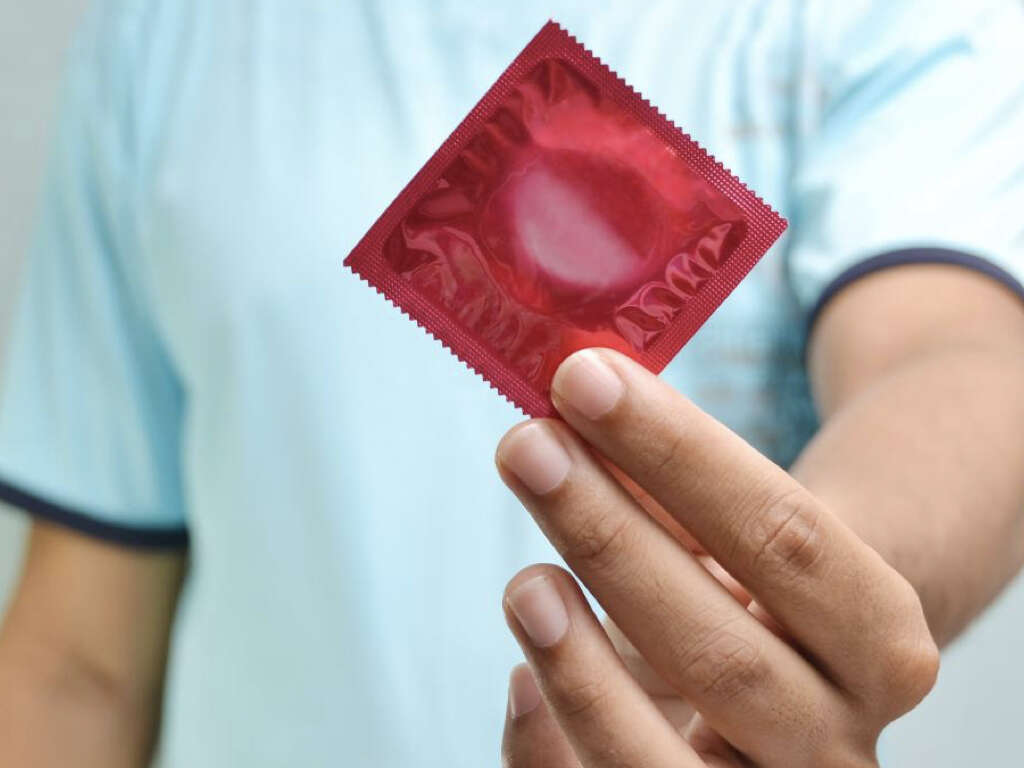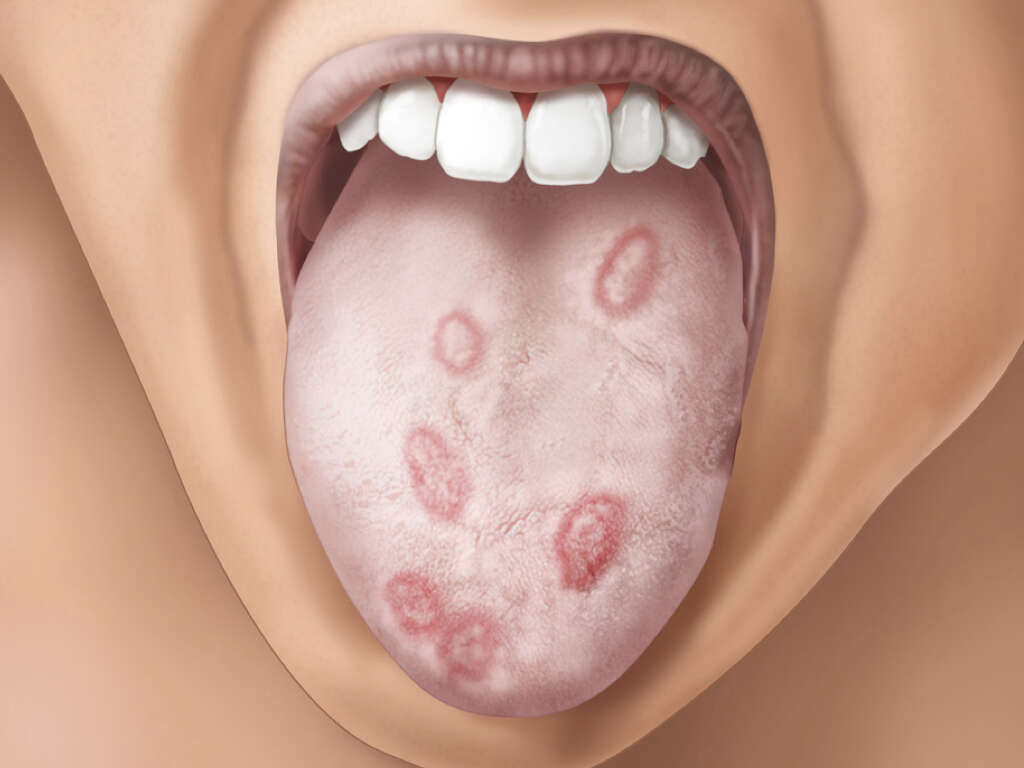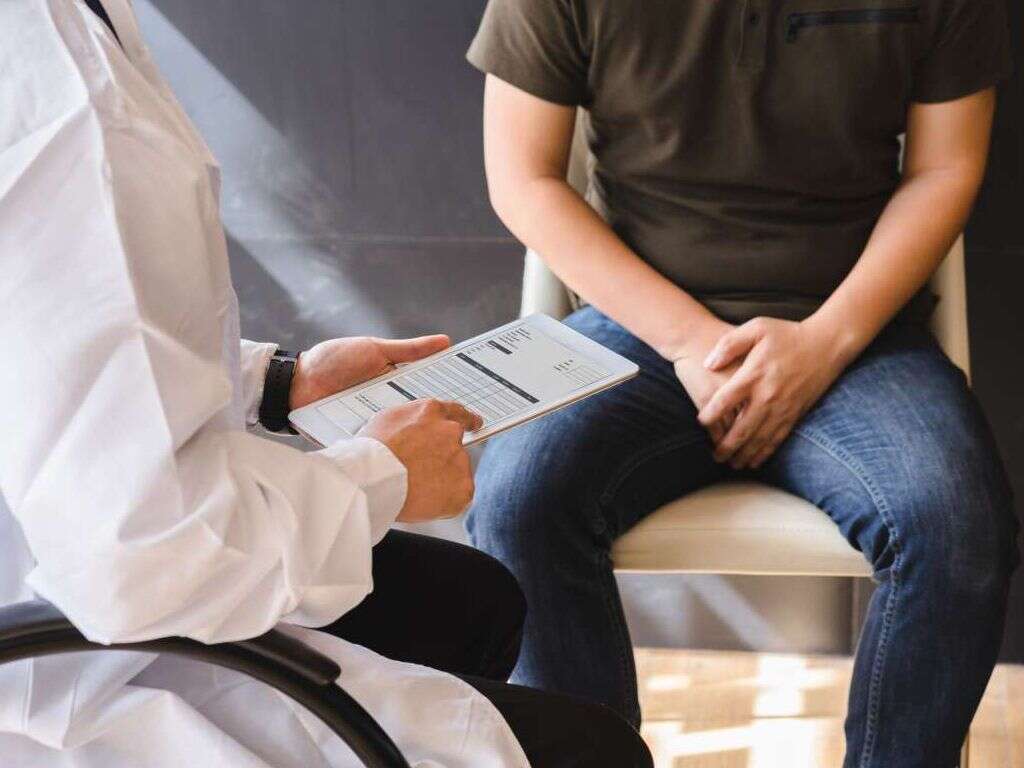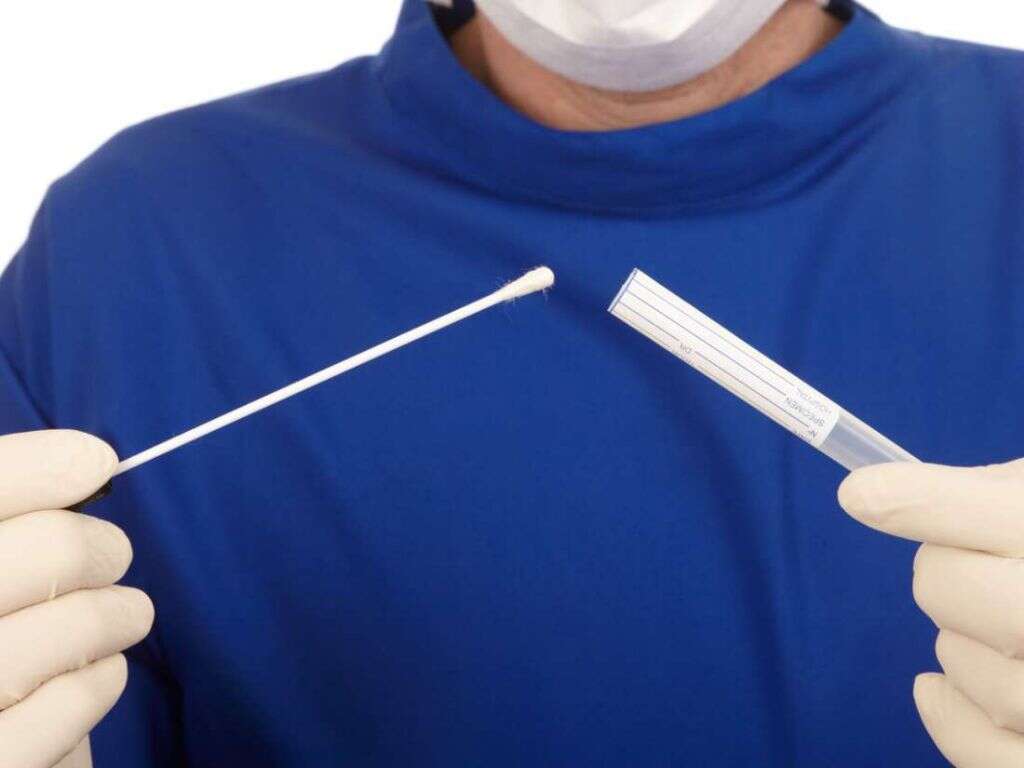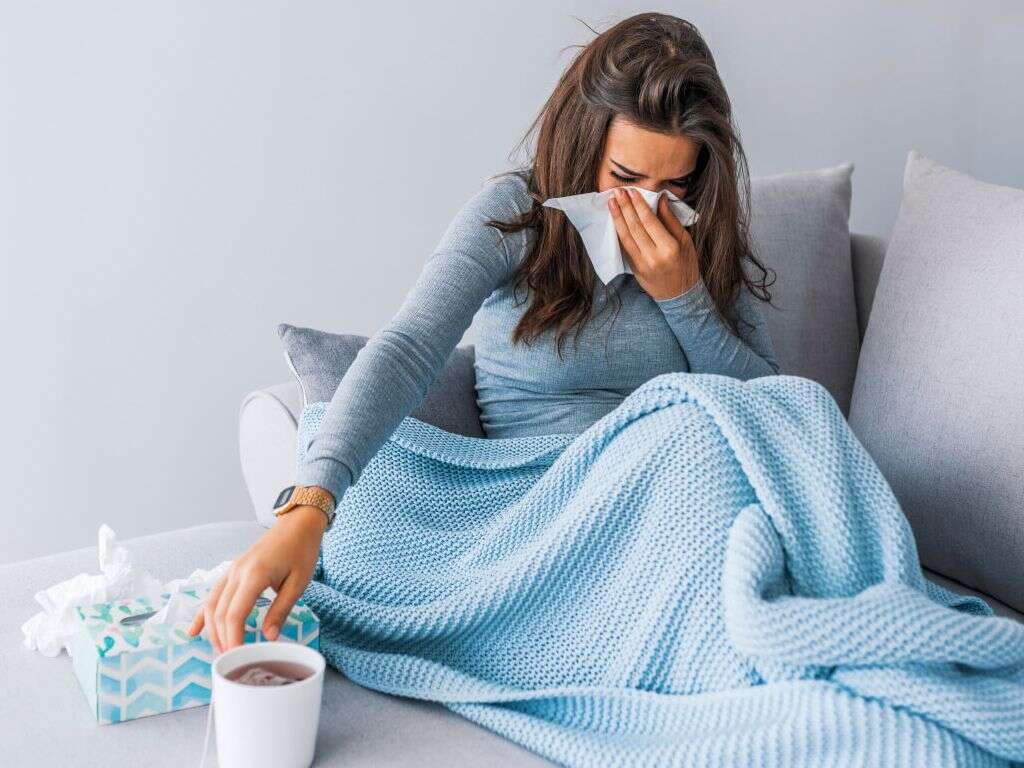What Is Crabs Disease?
Crabs disease is not really a disease at all, but it is rather an infestation of pubic hair with an insect named Pthirus pubis, or pubic lice. Many refer to it as crabs disease, or more commonly just crabs, because the bodies of the insects do resemble tiny crabs.
Pubic lice spread from person to person through close bodily contact, so crabs is considered a sexually transmitted disease. However, there are other ways to contract it. Learn how to tell if you have pubic lice, what symptoms they cause, and how to get rid of them.
1. Types of Lice
There are over 5,000 species of lice. All of them are obligate parasites of mammals, which means they cannot live apart from a host and will die within 48 hours without one. The two main types of lice include those that suck skin secretions and other bodily fluids and those that eat skin cells.
Humans are the sole host for three types of sucking lice: head lice (Pediculus humanus var. capitis), body lice (Pediculus humanus var. corporis), and pubic lice (Pthirus pubis). Pubic lice have flat, wide bodies that measure 1.5 to 2.0 millimeters long. They cannot fly or jump but use their claws instead to clutch the pubic hairs where they spend their lives.
2. Life Cycle of Pubic Lice
Pubic lice cannot live on the head or in most body hair. They are restricted to the coarser hair of the following areas: pubic and perianal region, beard and mustache, armpits, eyebrows, and eyelashes. Likewise, head and body lice will not inhabit these regions.
A louse’s life begins as an iridescent, 1-millimeter long nit or egg, cemented to a strand of hair. After developing for one week, the nit hatches into a miniature adult called a nymph. As it grows, the nymph sheds its skin three times before reaching full size. Females live three to four weeks, laying approximately three eggs per day.
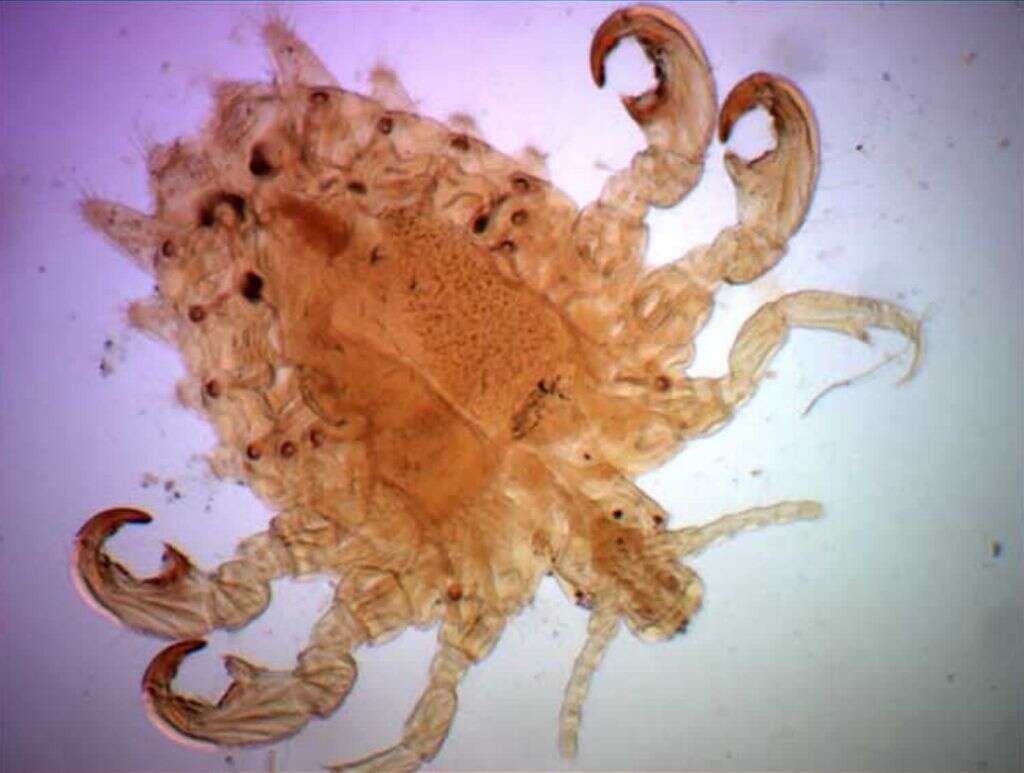
3. Symptoms
Symptoms begin approximately five days after coming into contact with the insects and usually begin with intense itching in the infected area. A louse’s saliva contains proteins unrecognized by the human body, and the itching sensation is a result of the immune system launching an attack against them.
A person with crabs also may notice reddish pimples where lice have fed. The pimples then change to 0.2 to 3.0-centimeter black or bluish-gray spots. The immune system may further respond by causing lymph nodes in the area to swell and the body to become feverish. The person may feel lethargic or irritable.
4. Diagnosis
The only way to know for sure if a person has crabs is to see a pubic louse or nit on the body. They are brownish or whitish-gray and look darker immediately after feeding. Nits are usually in clumps at the base of the hair. Because the insects and eggs are so small, it may be necessary to use a magnifying glass to see them.
Places to go for help in determining whether you have pubic lice include community health departments, reproductive health centers, and family doctors. A doctor or nurse will use a light microscope to identify adult lice and nits.

5. Treatment
You may be able to treat an infestation with an over-the-counter medication such as Rid or Nix. You also can use hydrocortisone cream to help stop the itching. Shaving the pubic hair will not rid you of lice because the insects will simply cling to your skin and crawl to other areas of the body.
If over-the-counter medications do not eliminate the lice, you may need a prescription for something stronger. Examples of prescriptions include permethrin cream, Malathion lotion, and lindane shampoo. Lice in the eyebrows or eyelashes always require treatment with prescription medicine to avoid damaging the eyes.
6. Removal of Lice and Nits
Even after death, lice still cling tightly to hair shafts. Nits, too, are notoriously tenacious. You can pick them off with your fingernails or use a fine-toothed comb to dislodge them. Most pharmacies sell special lice combs for this purpose.
Remove insects from bedding, towels, and clothing by washing and drying them with high heat for at least 20 minutes. Dry cleaning also is effective, or you can place non-washable items into an airtight bag for 2 weeks. Lice do not infest furniture or carpets, so it is not necessary to decontaminate your home.
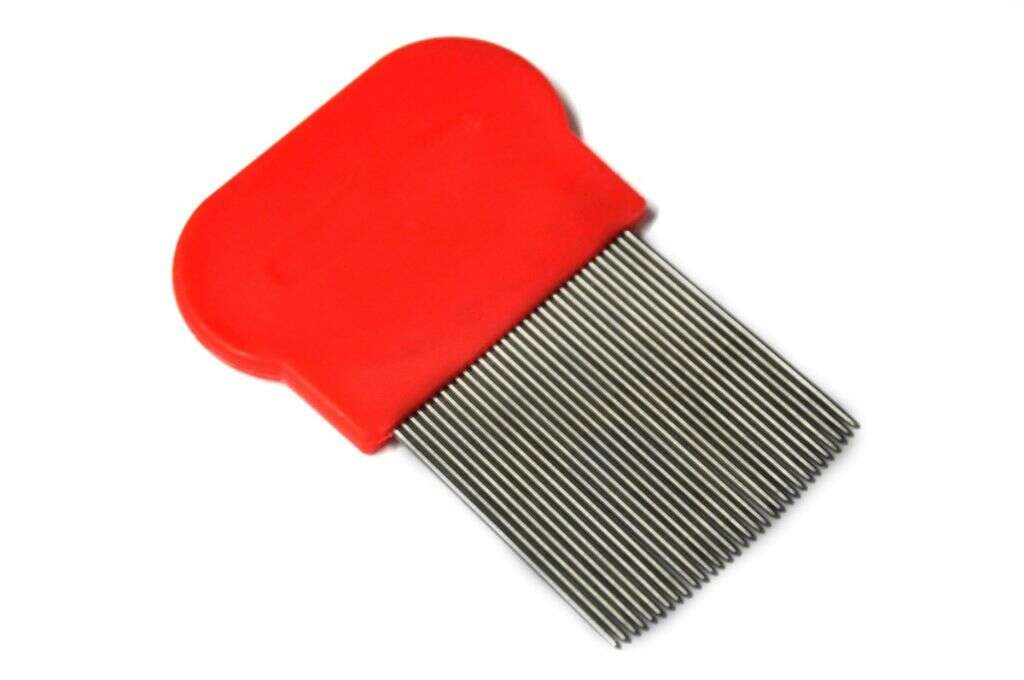
7. Transmission
Pubic lice spread by crawling from one host to another. Thus, a person most often encounters them through sexual activity. Another means is through the sharing of towels, bedding, or clothing with an infected person.
Crabs cannot spread through casual contact like shaking hands. It also is extremely unlikely to encounter them on surfaces such as plastic chairs. It is theoretically possible for a louse attached to a shed pubic hair to crawl onto another person from a toilet seat, but this would be a rare occurrence.
8. Prevention
If you or your partner have pubic lice, wait to have sexual contact until the lice are gone and you have treated all clothing, bedding, and related items. Condoms do not prevent the spread of lice. If you have symptoms after 10 days of treatment, you may need to repeat the process.
To prevent catching pubic lice, visually inspect a person for signs of infestation before having intimate contact. Do not share towels with other people and use your own bedding when sleeping away from home. When using public toilets, be certain they are free from pubic hair before sitting down.

9. Associated Conditions
Unlike body lice, which are responsible for the transmission of serious illnesses, pubic lice are not vectors of disease. However, if the infestation goes untreated for an extended period, a person can develop an allergy to louse saliva, especially in the eyelash region. Complications also can arise if a person scratches the insect bites to the extent they become infected by bacteria.
Children with crabs in the eyebrows or eyelashes are likely to have been victims of sexual abuse and require an investigation into the source of the infestation. Public lice are also often predictive of other sexually transmitted diseases such as chlamydia and gonorrhea.
10. Occurrence
Because the Centers for Disease Control does not keep public records on pubic lice outbreaks, it is difficult to measure the extent of their distribution. However, experts estimate that public lice currently infest between 1.3% and 4.6% of adults worldwide.
Some researchers suspect that pubic lice may be approaching extinction. The reason hypothesized for their decline is the modern trend of shaving or trimming the pubic hair. This style amounts to habitat destruction for the species, allowing them fewer places to live and reproduce.



